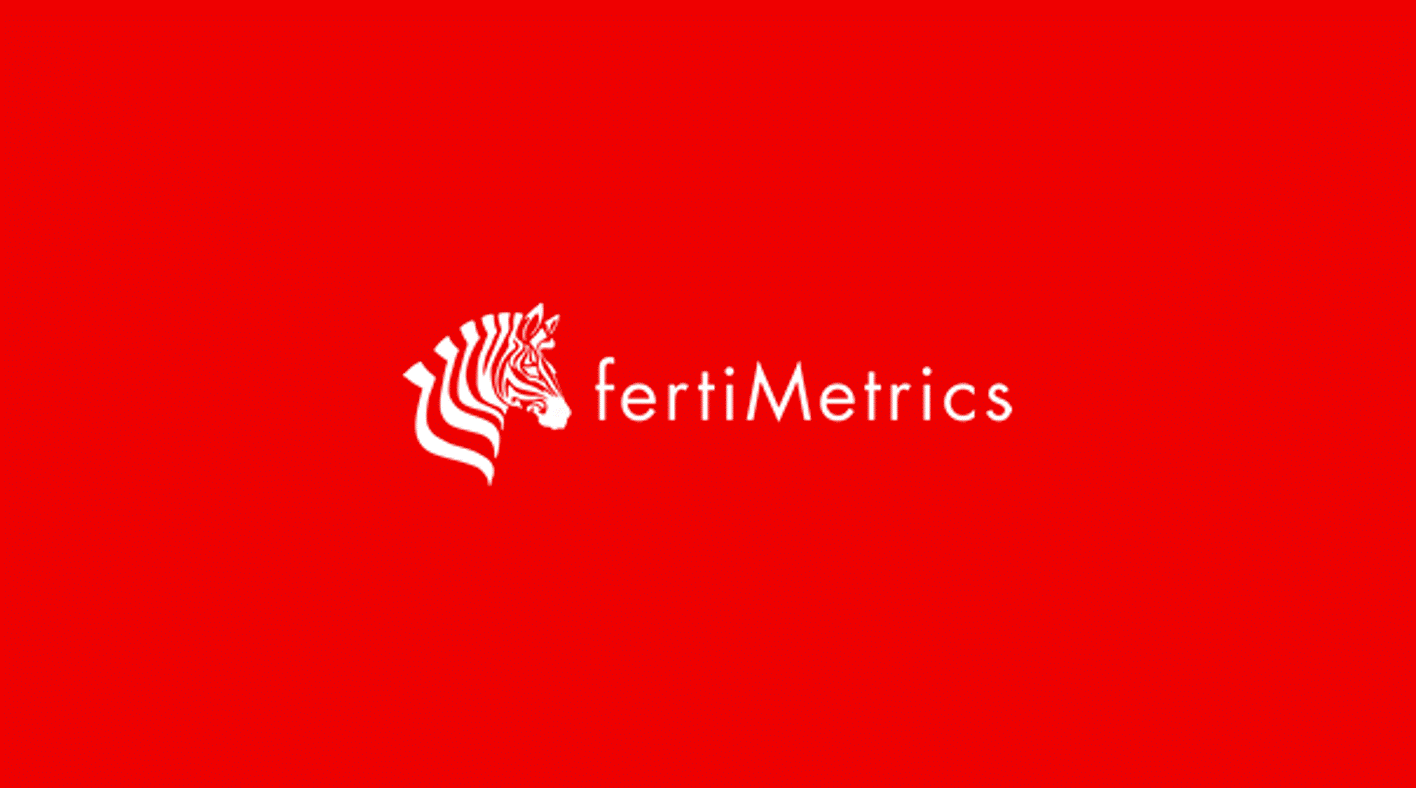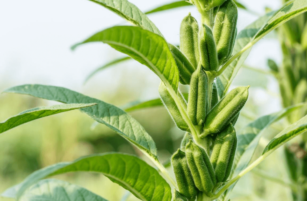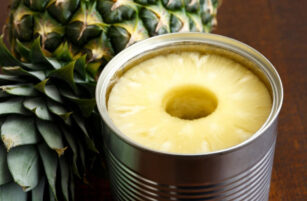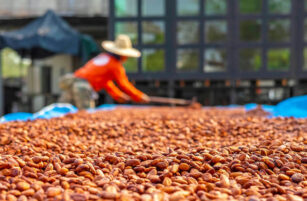Insight Focus
- Urea market spooked by lower prices on Indian tender.
- Processed phosphate prices surged this week.
- Ammonia market exposed to TTF European gas volatility.
The Indian urea tender closed on 9th August with shipment by September 26th spooked the market and ruffled feathers with offers at USD 399 PMT CFR WC India and USD 396 PMT CFR EC India. These prices were around USD 10-15 PMT lower than expected and the ripple effect was felt globally with urea values falling accordingly.
China is expected to dominate supplies subject to overcoming the CIQ (Customs Inspection) days which apparently have increased to around 70 days in some places, up from 15 days a short while ago.
China may supply up to 800,000 MT, the Middle East around 300 KT to 400 KT whilst Russia may pitch in another 200 KT to 300 KT giving India an acceptance rate in excess of 1.2 million MT. India received firm offers of 3.38 million MT thus the length in the urea market is more than was anticipated.
However, in the event that China will not be able to supply (LOIs have been extended by the Indian government to August 14th) the expected volumes, we may see urea prices pick up steam again from the immediate reaction of much lower levels seen from the winning numbers in India.
Chinese netbacks dropped down to USD 375 FOB from around the USD 400 FOB mark. CFR prices in Brazil also dropped to around the USD 400 PMT mark down from the previous traded level of around USD 445-450 PMT CFR. NOLA US values also dropped on the back of the India tender results and with the gas curtailment in Egypt coming to an end making full urea production/exports possible.
Indonesia held a urea tender this week and a price of USD 414.50 PMT FOB was accepted for granular urea – some indication is that this parcel may end up in Australia. Fertiglobe of the UAE also reported a September shipment sale of USD 414 FOB which also may end up in Australia.
First half urea imports to Australia was 1.87 million MT, up 227,000 MT year on year. UAN solution imports were 197,000 MT, down 22,000 MT year on year.
Processed phosphate prices surged this week with the average India DAP price up USD 70 PMT with sales recorded at USD 540 PMT CFR. The reason behind this drop is an apparent tight supply situation from China where export quotas are said to be reached for the 3rd quarter. However, it is expected that DAP prices may come at lesser levels in Q4 when China once again will have more available for export and the Brazilian import demand coming to an end. Brazil reported record high imports of DAP/MAP for the 7 months of 2023 reaching 2.84 million MT, up 4% year on year. OCP of Morocco was the leading supplier with 750,557 MT, up 4% year on year. Saudi Arabia came in with 488,312 MT, up 22% year on year.
May-June DAP/MAP production in China reached 13.4 million MT, down 3% year on year and down 6% from 2021. Full year DAP/MAP production in China in 2022 reached 25.3 million MT, down 7.5% from 27.5 million MT year on year. In 2018 China reached a record high production level of 28.8 million MT.
Brazil saw increased demand on granular potash with prices reaching as high as USD 365 PMT CFR. The market is expecting prices to keep on increasing in the weeks ahead. For the 7 months to date Brazil imported 7.13 million MT of potash, down 15% year on year. Canada is the leading source with 2.99 million MT, down 11% year on year which could be attributed to the port strike at Vancouver which now has ended.
Pupuk Holding of Indonesia held a up to 300,000 MT tender for standard potash this week and the settlement price is reported at USD 306 PMT CFR, one USD less than the previous agreed contract price in China. Participants were APC (Jordan), Uralkali Eurochem and BPC with CANPOTEX withdrawing. It is now expected that this settlement could lead to further price pressure in the region.
There is still confusion on the India renegotiation of the USD 422 CFR contract settlement from earlier this year with a price now reported at USD 319 PMT CFR yet to be confirmed.
On the ammonia side the volatility of the TTF European month ahead gas price is on everybody’s eyes. On August 9th the TTF started out at Euro 31.5/MwH only to increase to EUR 43.49 and then settle at EUR 39.70 and at one point leading to gas price equivalent of USD 12 MMBTU with a production cost of ammonia at around USD 500 PMT before emission costs. The apparent reason for the August 9th volatility of the TTF was reports of a possible LNG strike in Australia.
Current ammonia Middle East price is around the USD 300-320 FOB range. In the Far East China is reported to have purchased ammonia at USD 370 PMT CFR although not confirmed.














